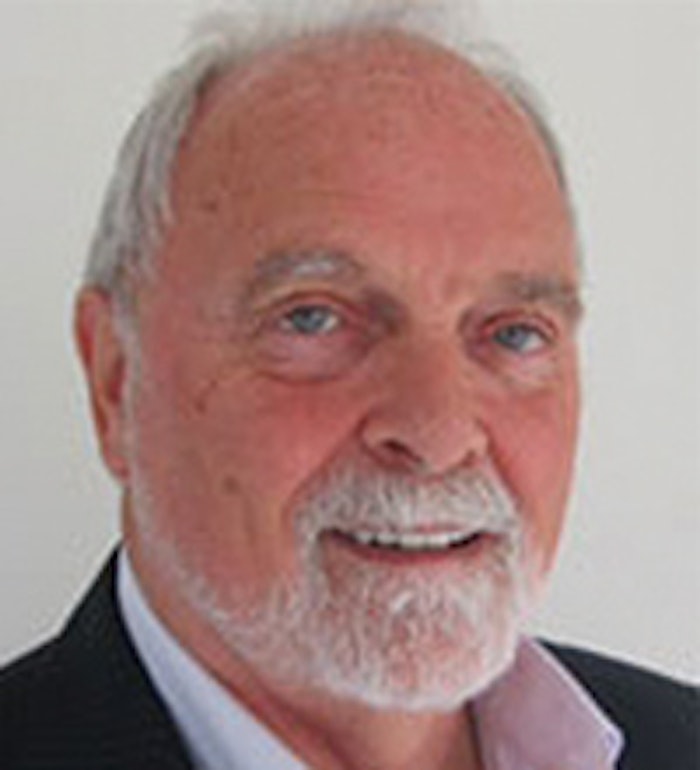
Leslie "Les" C. Smith, president of Leslie C. Smith Consuling, former senior vice president R&D for Coty Lancaster and C&T scientific advisor, offers his insights on recent trends in claims substantiation and its direct impact on the role of the cosmetic formulator.
C&T: What are the latest developments and trends in claims substantiation that cosmetic formulators need to be aware of? How should they act on them today? What should they expect to see coming in the next six to 12 months?
LS: As an industry, the whole area of “claims” is becoming more important. This is partly through a growing movement from regulators and other authorities to ensure that claims that are being made are based on reputable science, as well as robust test methods. Furthermore, as the world of cosmetics becomes increasingly more competitive, the major finished goods companies act themselves as “watchdogs” and will directly challenge any data or claims that they consider to be exaggerated or lacking adequate support.
In some countries, for example the UK, the advertising authorities are requiring larger test panel sizes. When a few years ago claim support could be achieved with as few as 20 panelists, the numbers are now at least 100. This is a trend that will continue throughout Europe and eventually throughout the consumer world. The reality is that the industry will have to produce data based on bigger—and clearly more expensive—tests.
C&T: Please explain the cosmetic formulator’s role in the claims substantiation process. What do formulators need to actively prepare for or participate in to support product claims? Are there opportunities for them to innovate and if so, what are they?
LS: To achieve success in the claims substantiations area, the formulator will need to develop products that have a substantive and real benefit to the consumer.
Historically, many products have used low levels of weak (or even anecdotal) activity to stretch into major claims that are clearly unsubstantiable. This is particularly the case with many botanical ingredients. Even when they have a measurable benefit, for primarily financial or even aesthetic reasons, these materials can only be used at very low levels.
Similarly, many ingredients which have proven in vitro benefits are included (again, primarily for cost reasons) at levels which do not deliver a real benefit to the end user.
The message then to the formulator is clear: Any ingredient and its consequent activity must be present in a finished product at such a level that its presence can be accurately analyzed and that its effect clearly determined in a well-controlled consumer or clinical test.
The formulator’s role is to begin a dialog at the very initial stages of development, both with the claims professionals and the marketing teams who have the ultimate responsibility for the success of the product in the marketplace, and to design the product accordingly.
In summary, products should be formulated using materials with measurable benefits and at levels that translate to tangible benefits for the consumer under normal usage conditions.
C&T: As regulators are tightening their grip on cosmetics, particularly in the areas of cosmetic safety and testing methods, the suppliers and manufacturers are more challenged to produce compliant products. How does this current regulatory environment impact the claims substantiation process?
LS: It is true that there is growing regulation in the cosmetic area. This has been very much the case in fragrances, and no more so than in Europe. The use of many natural fragrance materials is now severely restricted and some of the most important synthetic ingredients, whose safety have been widely demonstrated, are now at risk of being banned. This trend will certainly continue throughout the world.
What has been learned from the fragrance business is that the various industry groups should have unified positions and that dialog with regulating authorities must be maintained at all levels. Similarly, the cosmetic industry must be aware of impending changes in regulation of the claims process, and the industry groups should be alert and proactive, and speak with one voice.










